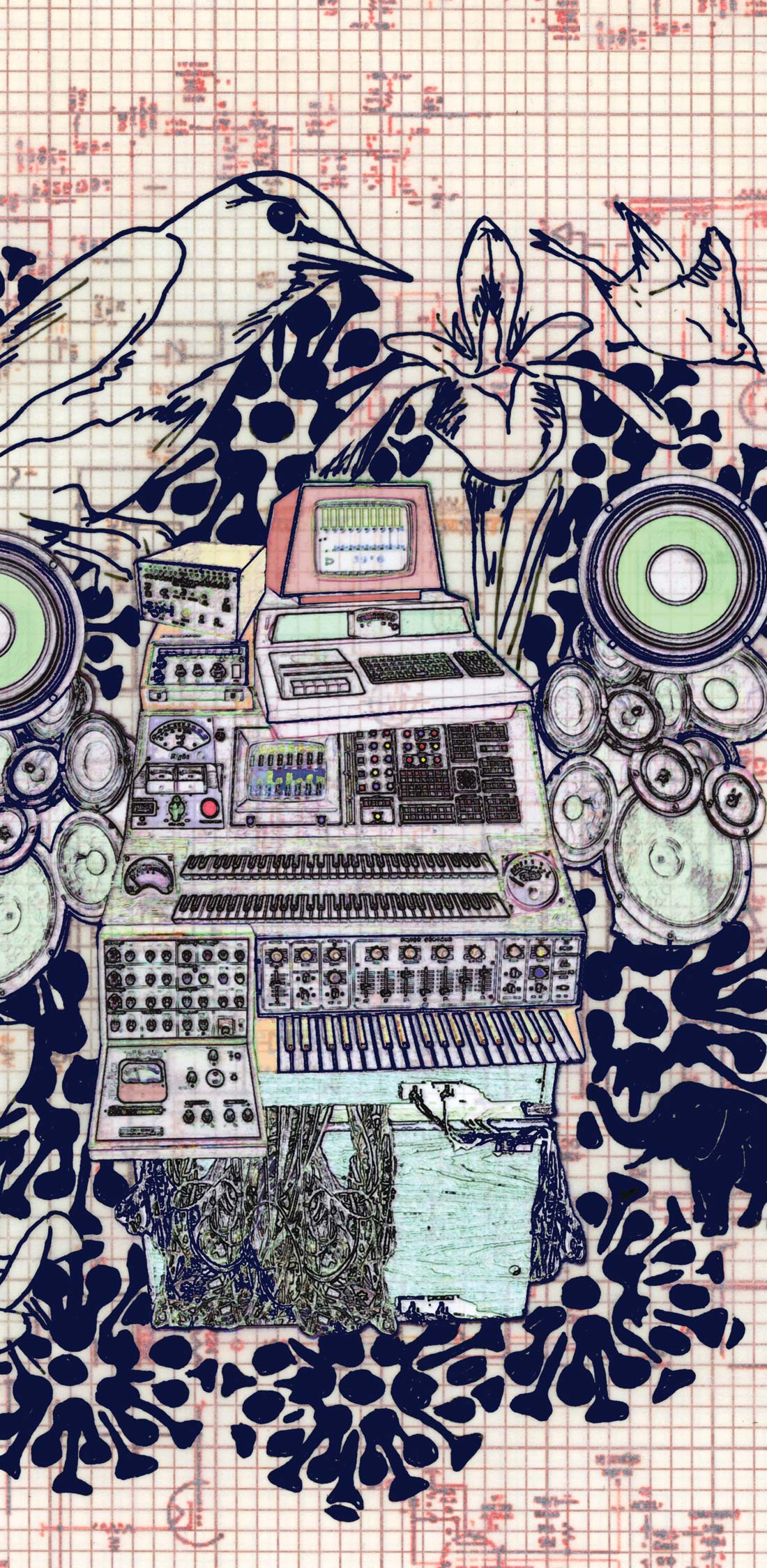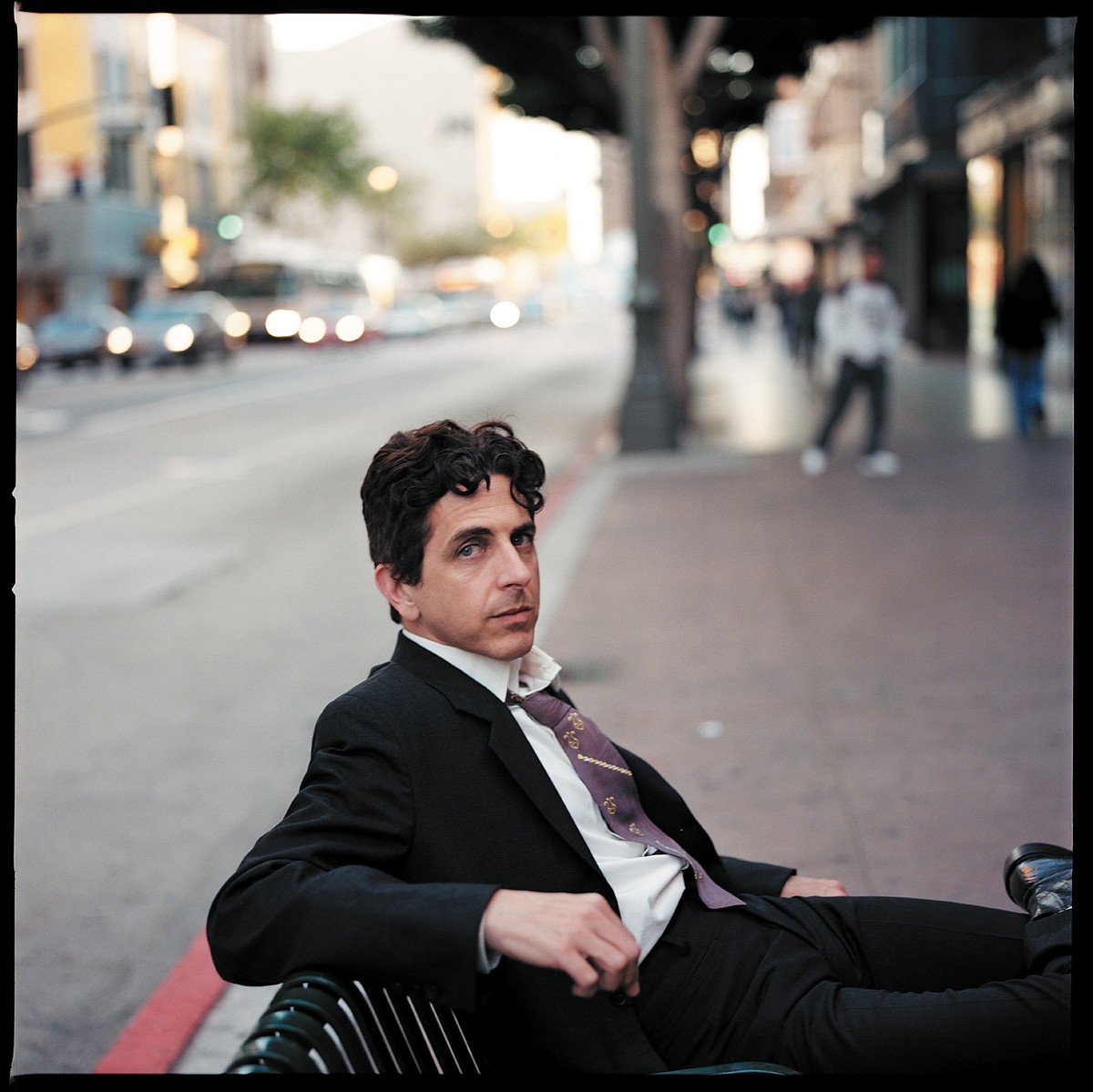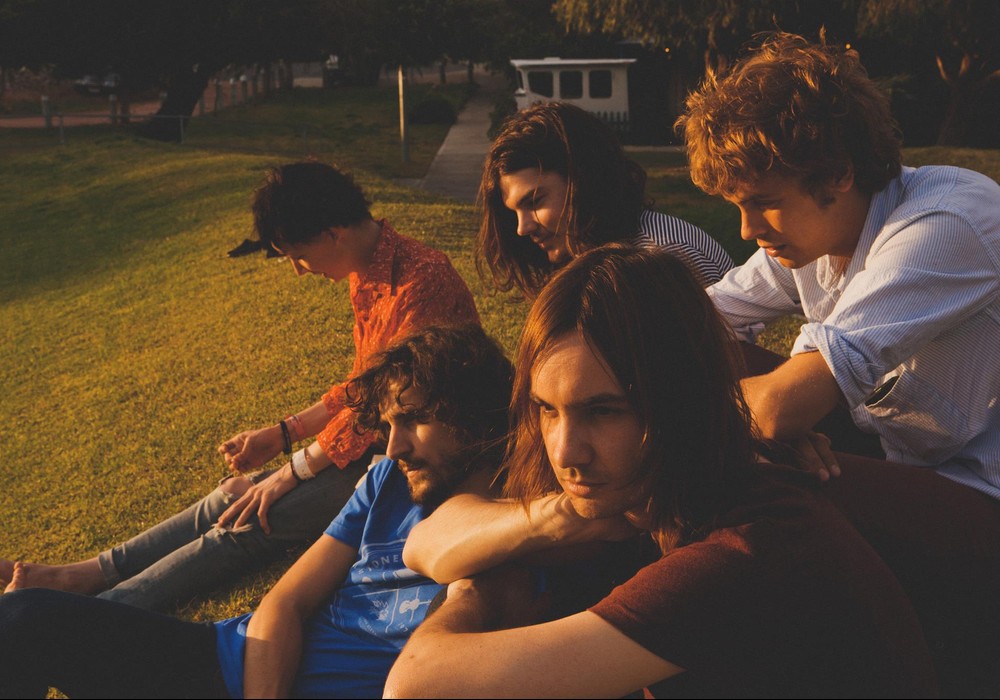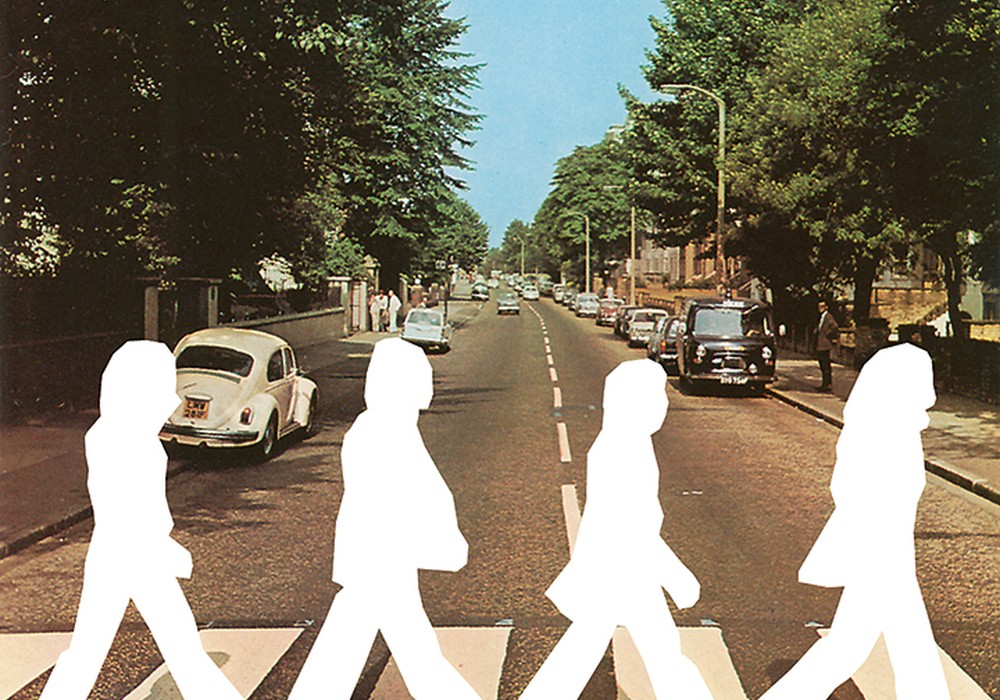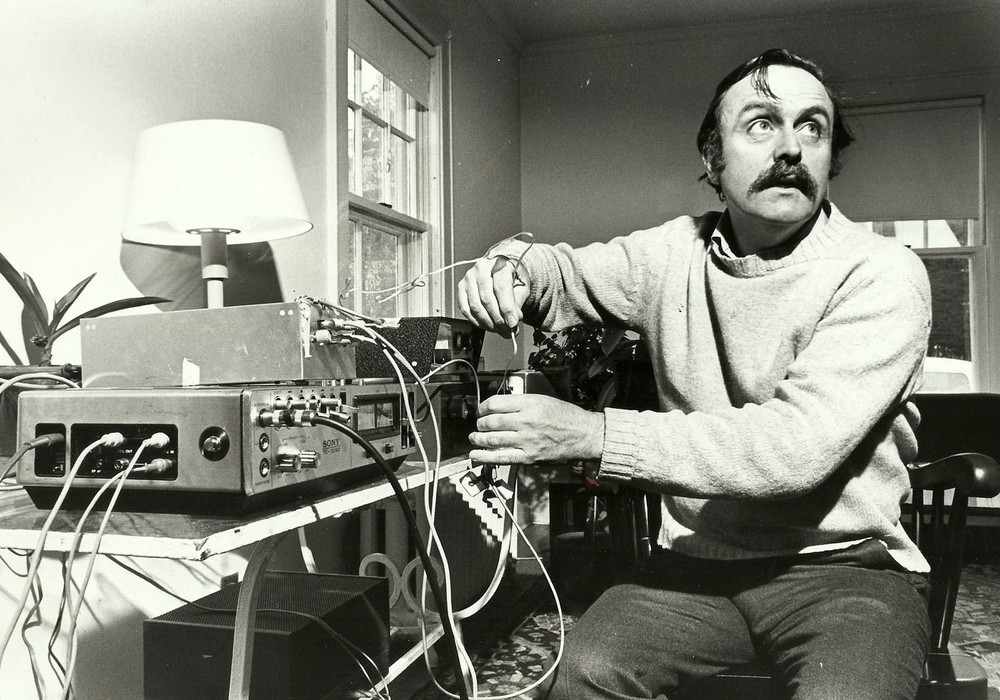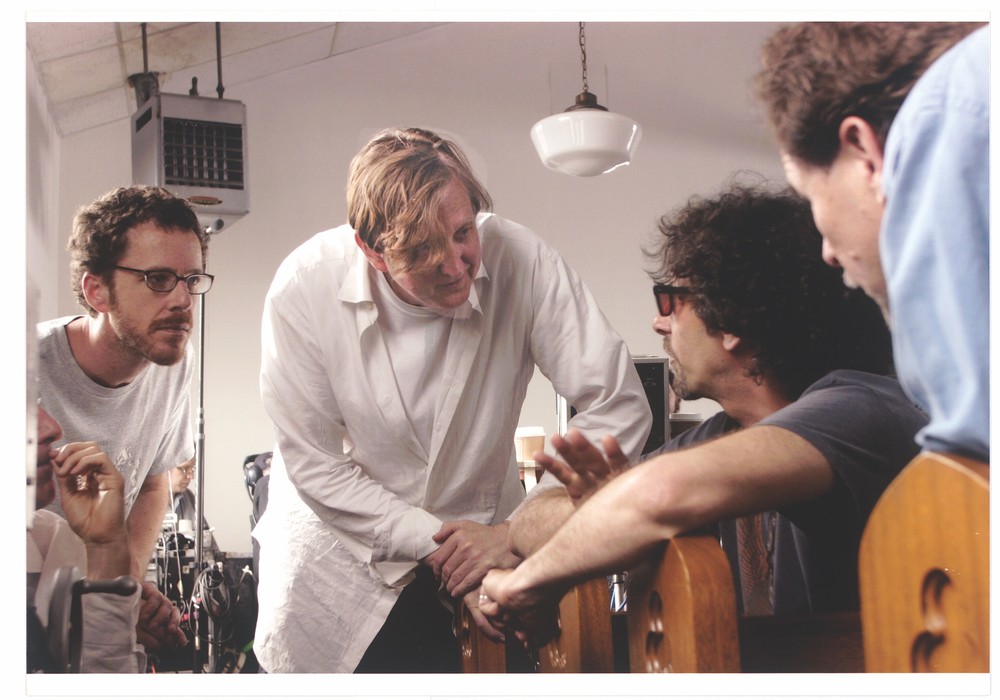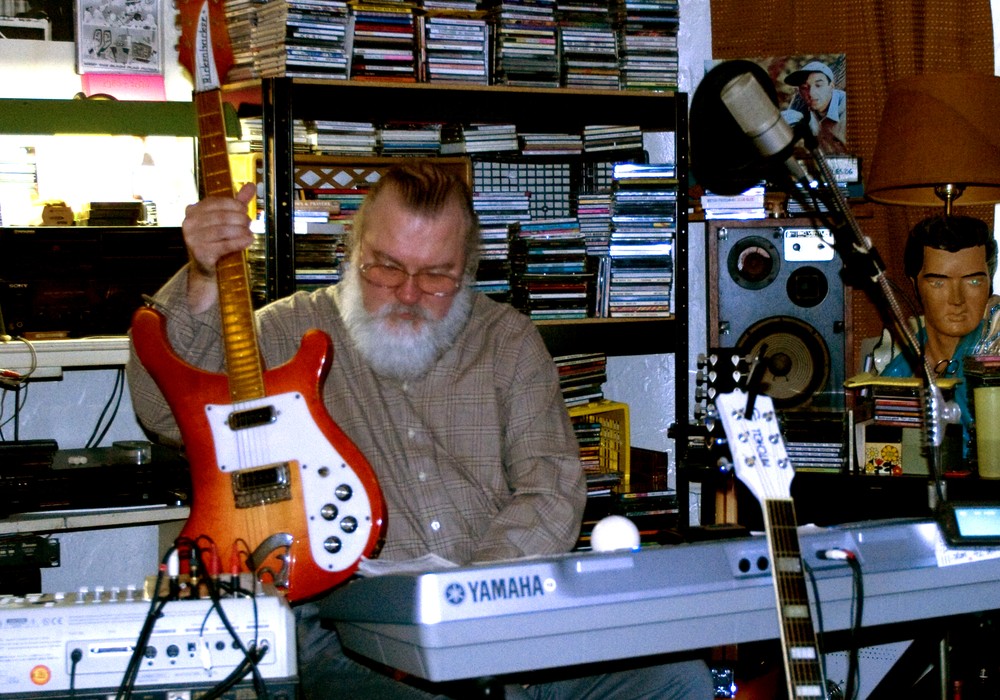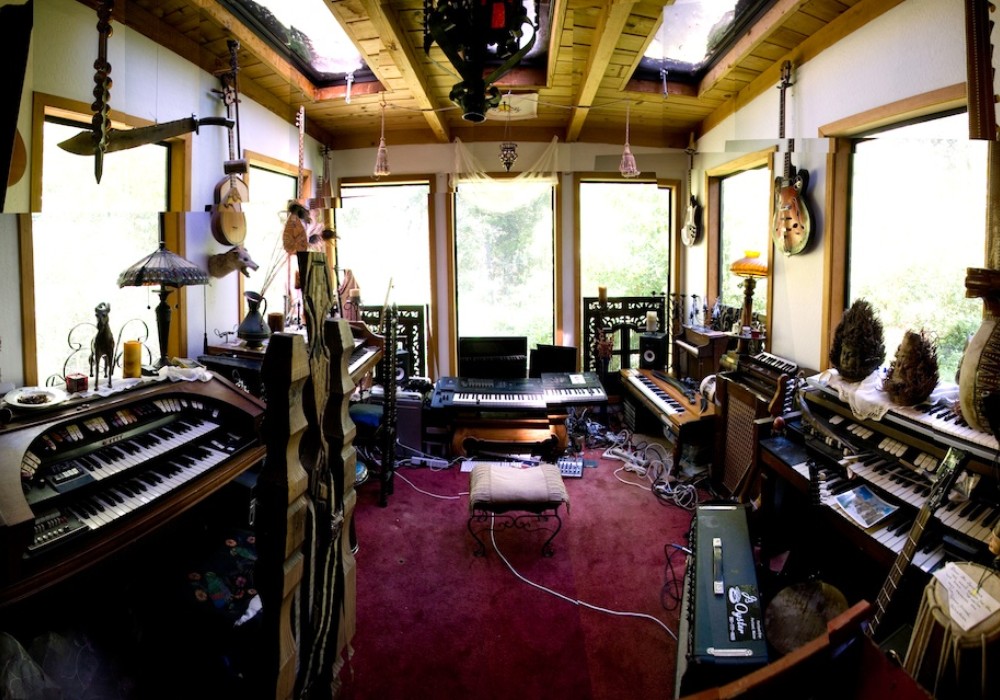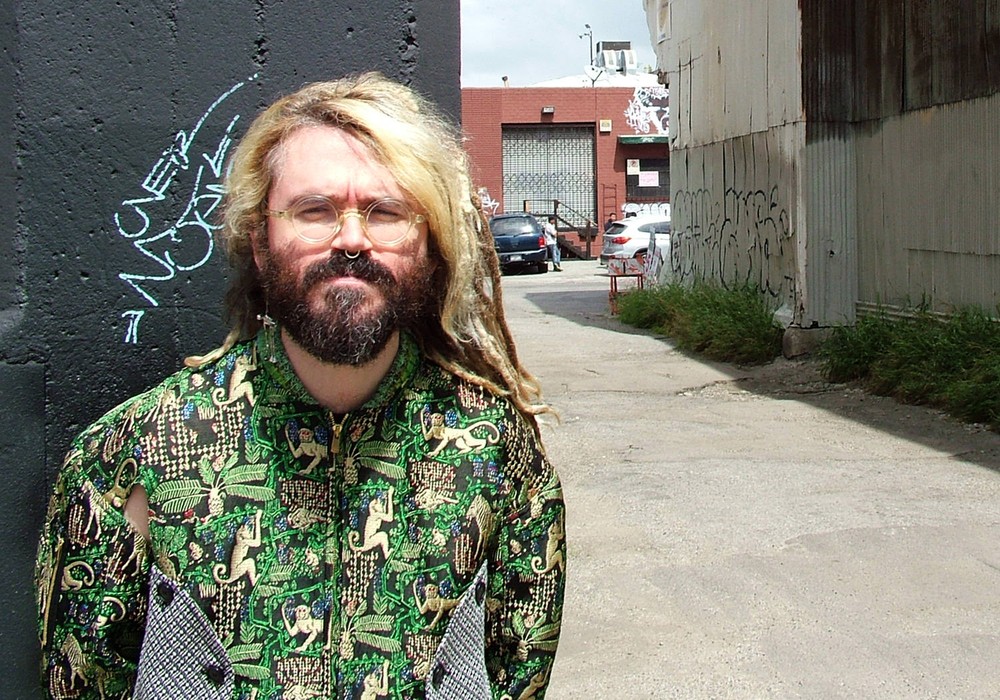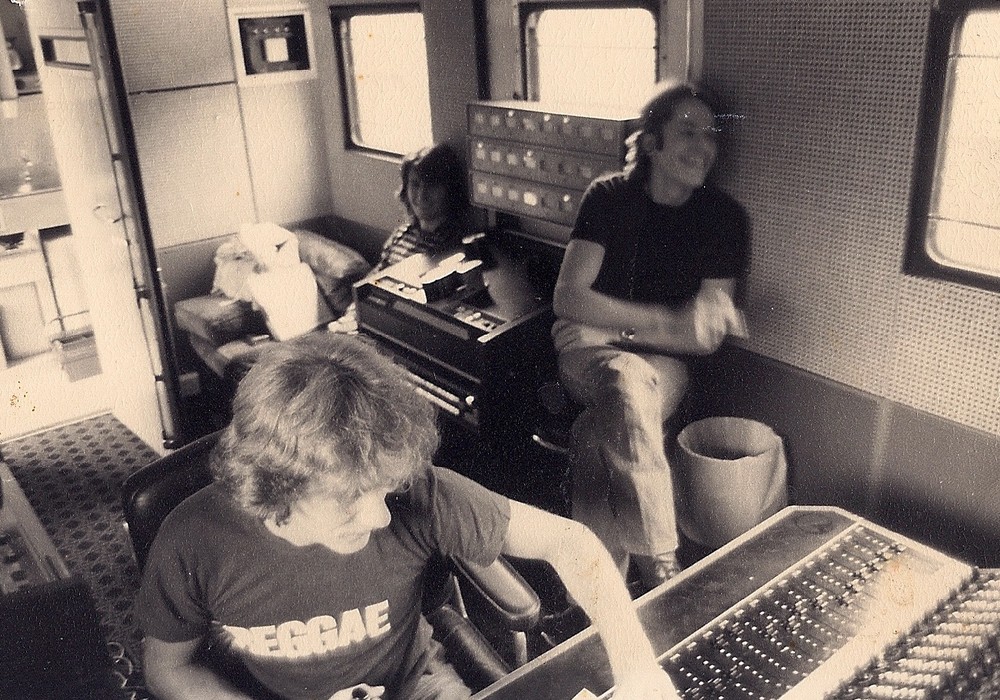My love of Michael Penn's music so pre-dates my interest in recording that when I was preparing to interview him for Tape Op, I returned to his records — I felt I knew them by heart, to find that I knew only one aspect of them by heart. I knew the songs. Granted, the songs are most important, or as Michael put it to me at one point, "Song is king." Still, with an ear directed towards the recordings themselves, I was astounded at how great all of Michael's albums sound. Now I knew this at a basic level all along — March and Free-For-All in particular have never left my stereo or iPod rotation for very long — but listening from the recording perspective, I discovered an attention to detail that I had not noticed before. The background vocals and guitar parts, for example, were not only memorable melodically, they sounded cool, brilliantly odd. They added so much depth without distracting from the songs — ideas swirled around, but never cluttered up the mixes. I was amazed that I was hearing new things on records I had been listening to almost constantly for 15 years.
Of course, this shouldn't be surprising. During a recent performance on NPR's World Café, Michael agreed that he was but a reluctant performer. He said that making the records is, for him, the best part of the process. His care and craft are certainly apparent on his lateÌ album, Mr. Hollywood Jr., 1947 — yet another record full of brilliant pop songs that he recorded (and mastered) at home.
My first talk with Michael, after a recent performance at Portland's Doug Fir Lounge, led to the discovery that he was a big Tape Op fan.
I later caught up with him for a phone interview.
What's your home studio like?
It's basically just a living room, which is a fairly large room, and in the living room are the drum kit and the piano. That's my main recording room. That's on one side of the house, and then on the other side is a small room that was once a tiny dining room, where I've got my Pro Tools rig and all my gear. I have my amp heads in that room with cables running down to the basement where the cabinets are.
So that's set up all the time?
Mm-hmm. Then I just run a snake into the living room, bring everything back into my patch bay and work in my little cubbyhole.
Are there any treatments in those rooms?
I was prepared to do treatments, but I did a few mixes in there and brought them to various systems and thought it sounded pretty accurate — so I counted my blessings and kept going.
Right. So when you were tracking most of the stuff for Mr. Hollywood Jr., 1947, were you doing that live with the other players?
It was always tracking with guitar and drums when it's a drum song. Basically, I would go with a guitar into a third room that's a little library, and then Danny Frankel would be out in the living room. And Bruce MacFarlane helped me engineer.
So he was, for the most part, just there for just the drum song tracking?
No, he was there for more than that. We kind of engineered it together. Bruce is a very talented engineer and a pleasure to be around. He was extraordinarily helpful.
So you're using almost the whole house, then?
Yeah.
Are you finding many differences in sounds between the rooms?
There's really not much to do in any of the rooms except the living room. The living room is large enough that depending on where you place a mic, you can get different sounds. I was figuring that I was going to have to find a way to make some money to dedicate toward doing drums at a real studio, because I didn't think that I was going to get drum sounds that I liked at the house. But the room had a good sound to it. I experimented with different area mics in different places and depending upon the song, just kind of moved things in and out.
When we talked before, you mentioned using a Beyer ribbon as a supplement on the kick in addition to the standard AKG kick mic. Could you explain that a bit?
Yeah. We stuck the ribbon so that it was sort of facing outwards, so it wasn't going to get all the pressure of the kick drum head hitting it. It doesn't sound like something I would ever use on its own, but it has lots and lots of nice low-end information to help the AKG.
Are there any other mic setups that you keep coming back to?
No, not really. I didn't get too crazy about it. I knew that it was kind of going to be what it was, which is the sound of that room, and I don't have the mic selection that I would have had at a real studio. The only thing that ever really changed was the placement of the room mic, and that was song- dependent. For me the room is really all about snare length, and that has a lot to do with what the tempo of the song is, what the vibe of the song is, and really trying to find the right length of tone. Sometimes that would mean dedicating a room mic somewhere for the snare drum, keying it and gating it off the snare drum, and sometimes that would mean playing around with other options. Either, you know, Altiverb or some other thing sort of combined with a room mic to get the right length of things.
Were you switching up the room mics a lot?
Yeah, that would always change. A lot of times it was a [Neumann] U47. A lot of times it was a U67. Sometimes it was a [Studer] D19. Sometimes it...
